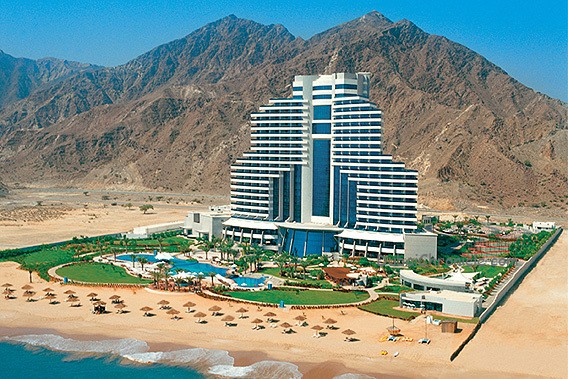Middle Eastern influence helps global commercial real estate markets higher in Q2 2013
Jones Lang LaSalle preliminary numbers show direct investment volumes reached US$114 billion in Q2; H1 2013 up 11 percent compared to first half of 2012
Global commercial real estate markets continued to rally in 2013 with transaction volumes in H1 2013 up 11 percent on H1 2012, according to Jones Lang LaSalle capital markets research, which spans 60 countries and over 130 cities worldwide. Direct commercial real estate investment volumes in Q2 2013 reached US$114 billion globally, up four percent on Q2 2012 and up nine percent on Q1 2013.
Continued strong growth in Q2 2013 has kept global volumes above US$100 billion for five consecutive quarters, evidencing increasing investor confidence in commercial real estate, despite volatility in equity and bond markets. Other highlights include:
The Americas saw a 39 percent rise in transaction volumes in Q2 compared to Q1 2013, reaching US$ 52 billion (up 11 percent year-on-year); H1 totalled US$90 billion, equating to a nine percent increase over the same time last year. Quarterly volumes in Mexico and Canada rose significantly to keep pace with the continued acceleration in the U.S. market which grew by 19 percent year on year in Q2 2013.
Asia Pacific and EMEA both recorded strong growth over the half year with 11 percent and 12 percent year-on-year increases in volumes respectively. Quarterly volumes in Asia Pacific remained flat both quarter on quarter and year on year, quarterly volumes in EMEA were flat year on year but down 13 percent quarter on quarter following a buoyant start to 2013.
The largest markets globally continued to see growth over the first half of the year with Japan (+50 percent), Australia (+10 percent), UK (+4 percent), Germany (+43 percent), France (+6 percent) all recording half year increases compared to H1 2012. Only China (-20 percent) saw transaction volumes fall in the first half, however a stronger performance is expected in the second half of the year as deals already in progress complete.
Middle Eastern investors continue to play an active part in investment markets globally with transactions in many of the world’s largest cities, demonstrating their ability to deploy large amounts of capital for the right opportunities.
Jones Lang LaSalle’s forecasts for the remainder of 2013 remain at between US$ 450-500 billion. With global volumes up 11 percent on this time last year and the second half of the year traditionally busier than the first, the global investment market is on track to surpass last year’s volumes.
Arthur de Haast, Lead Director, International Capital Group at Jones Lang LaSalle said: “Over the past two to three years, we have predicted that more capital would be allocated to direct investment in core property assets; this is now materialising. Institutional, private equity and high net worth individual investors are now consistently bidding on opportunities around the world. In addition to this, investors are starting to diversify their portfolios, both in terms of risk and geography, looking for more value-added and secondary opportunities; a trend we expect to continue over the short to medium term.”
David Green-Morgan, Global Capital Markets Research Director at Jones Lang LaSalle said, “The volatility we have seen in equity and bond markets over the last quarter has further added to the attraction of commercial property as an asset class. So far, the rising cost of global real estate debt has had little effect on transaction volumes with most deals funded on modest loan to value ratios. Unless there is a substantial rise in the cost of debt, it is only likely to have a marginal impact on transactional volumes for the remainder of 2013.”
Fadi Moussalli, Head of the International Capital Group in the Middle East said: “With inflows from relatively high oil prices continuing to provide a consistent source of capital the opportunities provided by commercial real estate are very attractive for investors from the Middle East at the moment. We continue to see capital move from the Middle East to Europe and the United States in particular. Whenever good, quality core assets are on the market investors are attracted by the consistent income flow and possibility of longer term capital growth.



































